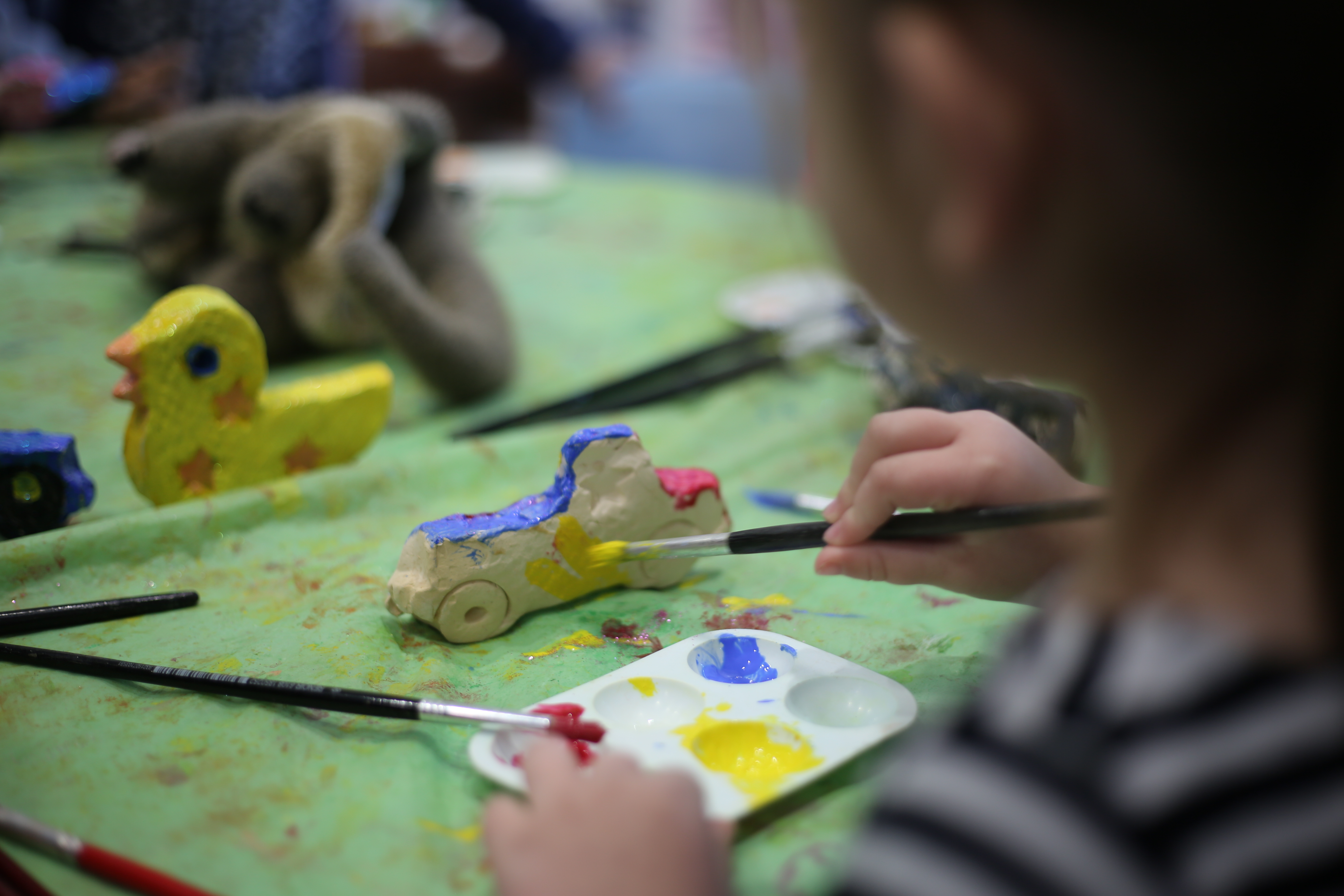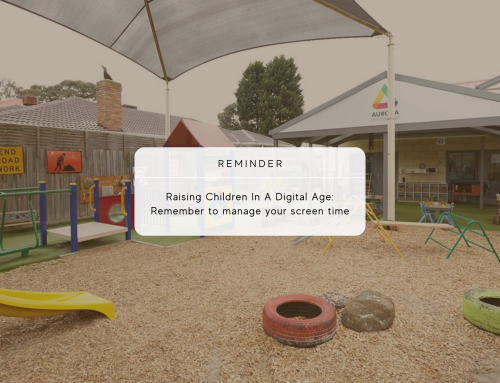Many parents hang their children’s artwork on their fridges explaining proudly to guests that it’s a drawing of their family, home, or – when they absolutely cannot decipher it – that its evidence of their child’s imaginative powers and artistic skill.
They’re not far from the truth – Pablo Picasso once acutely observed that “every child is an artist”; every child is delighted to create vibrant works of art which help them express themselves and channel their creativity. The unique ability of being able to express themselves through art is important for children.
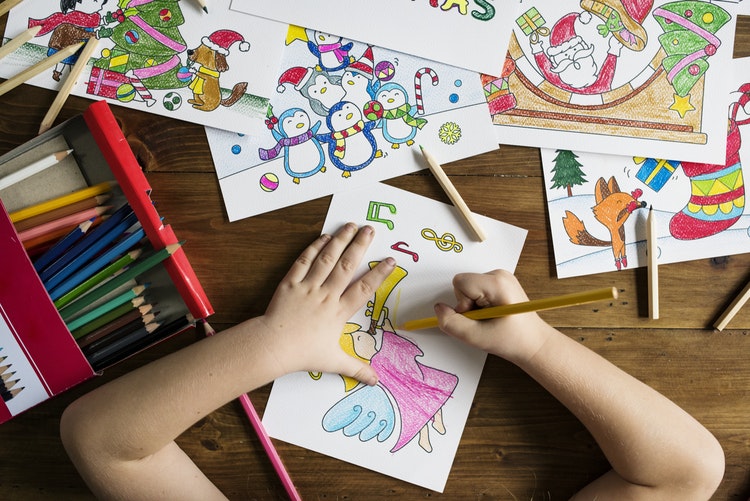
Whether it’s drawing in the sand, scribbling on walls or making playdough figures, most children have an innate need to create. While parents and Educators often give children’s crayons, paints, colouring books and playdough, educators and researchers advocate for the importance of consciously integrating a focus of art into early education curriculums.
Why Focus On Art?
Across all ages, any art form is a way for an individual to use their creativity, express their individuality, Gain Self-Confidence and engage in self reflection.
For young children, who are at one of the most important developmental phases in their lives, art calls upon them to use their cognitive and physical Skills and helps them grow, self-discover and make sense of the world around them.
As children make art, they are laying the foundation for academic learning. The simple delight they get from mixing blue and yellow paint together to form green will pave the way for scientific reasoning about cause and effect. As they make playdough, they watch their Educators measuring and counting ingredients which introduces the concept of numeracy. Painting, colouring and moulding playdough all help refine fine motor skills. Practising performing arts such as drama helps foster their imagination, enhances their self-confidence and their social skills.
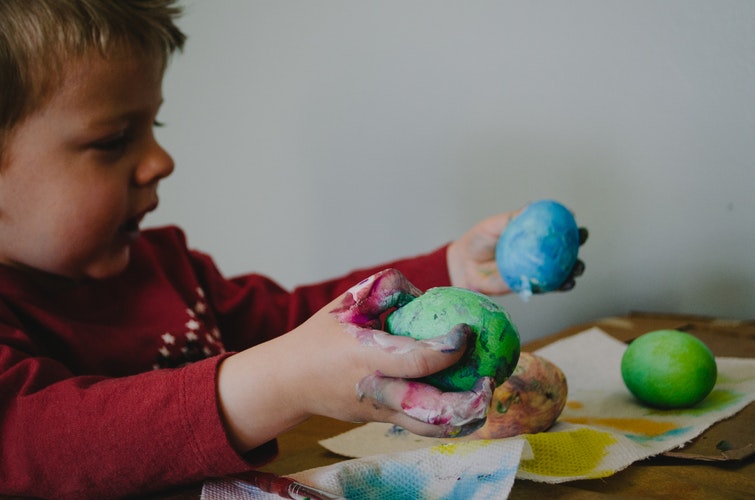
In an early childhood education setting, art becomes even more powerful as educators and planners can choose to consciously integrate art into their curriculum so it can have a maximum impact on learners’ lives
Integrating Art
In her most recent book, ‘Becoming with Art in Early Childhood’, Dr Red Ruby Scarlet, an early childhood teacher, academic, artist and activist, explores the ways educators and teachers around Australia have been bringing arts practice into the early education curriculum.
The book brings together contributions from Certificate 3 and Diploma Credentialed educators and researchers to highlight how educators can bring art into early childhood curriculum in an accessible way.
In an interview with The Sector, Dr Red discusses the importance of having art spaces in early education settings “where creativity can transpire through the materials that you give children.”
She also comments that “arts practice needs to be a priority” and highlights that to bring arts practice into early childhood education, educators need to feel supported. ‘Becoming with Art in Early Childhood’ aims to do just that by using accounts of art practices to help educators feel confident about bringing art practices into their own teachings.
Aurora’s Art
Aurora’s Educators and leaders work closely together to make sure that educators feel supported and inspired to allow them to deliver high quality care to our children.
One of Aurora’s core pillars is ‘Create’, a powerful word which reflects our responsibility to create a holistic care environment for our children as well as to allow our children the freedom to express their creativity and individuality.
Children can choose to use art materials and engage in art experiences every day they are at Aurora; each studio has a wide range of traditional and non traditional art materials including paints, playdough, coloured tissue paper and glitter. Children are encouraged to create their own artwork with guidance from educators – should they need it.
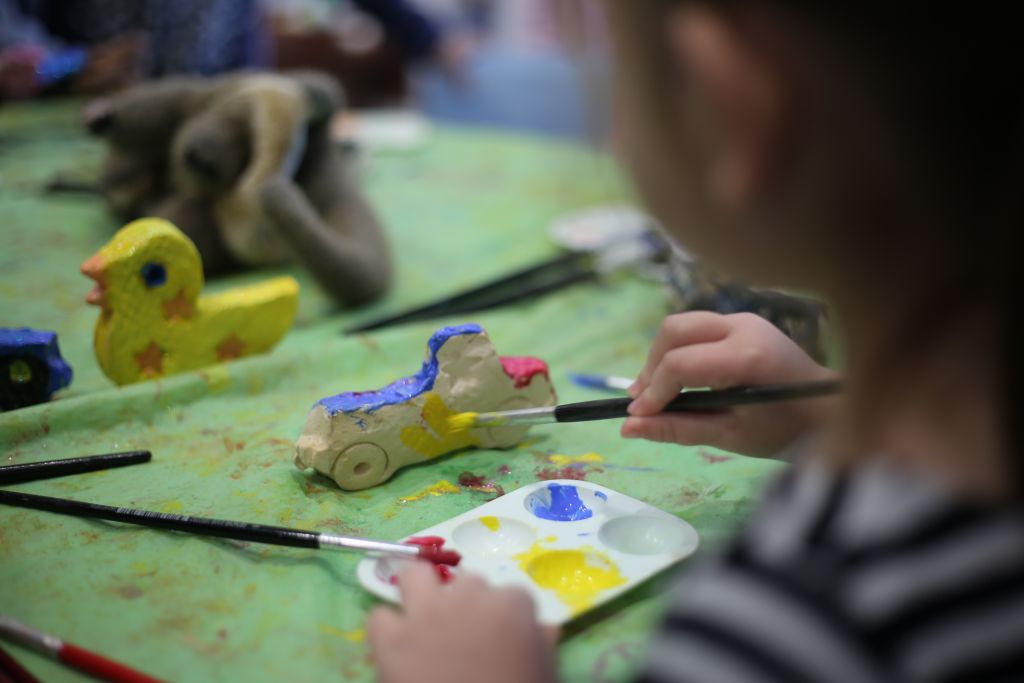
At the same time, educators regularly find innovative ways to use art experiences to celebrate festivals and help children gain a better understanding of the world around them. To mark the arrival of Spring, Educators organised a craft activity where children could decorate trees they drew with tissue paper blossoms. For Halloween, the children created a spooky spider mural using their own handprints and for our Christmas concert, many of our children are excitedly using bubble stamping to create a concert canvas. To encourage sustainability, we actively show our children how materials can be re-used and upcycled to create beautiful works of art, thereby proving how sustainability through art is important for children as well.

For our Pre Kinder and Kindergarten groups, we also have Possum Potters’ session where we invite experts into our studios to allow our children to try their hand at pottery.
As well as visual art, educators are consistently incorporating performing arts experiences into our studios. Children are encouraged to use their imagination to pretend-play and use their dramatic skills to transform into firemen, shopkeepers, teachers and even their parents! Our YogaChamps and Hey Dee Ho Sessions encourage dance and movement while educators introduce children to new songs and help them practise old songs. At present, some of our Kinder children are practising for a song they will perform at the Warren Wills’ directed ‘Night of the Broken Glass’!
Aurora Early Child Education recognises that the ability to create art and enjoy art is everywhere; and we believe it is our responsibility to show our society how art is important for children and help them connect and engage with it.
Read the interview with Dr Red here:
https://thesector.com.au/2018/11/05/interview-dr-red-ruby-scarlet-discusses-the-importance-of-art-in-the-early-childhood-curriculum/
Read about Aurora Kinder children’s upcoming performance here:


